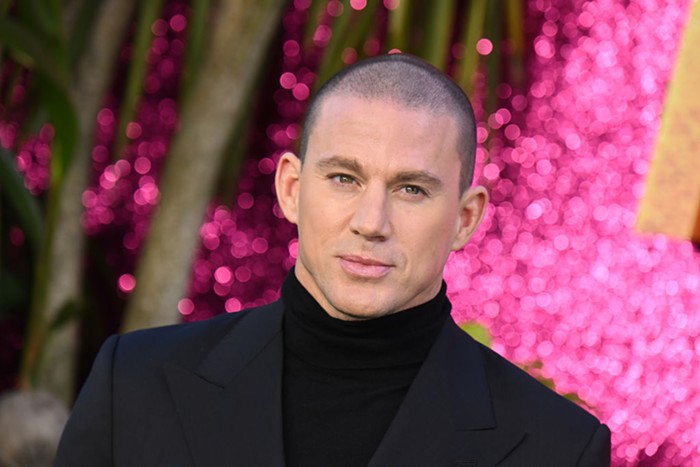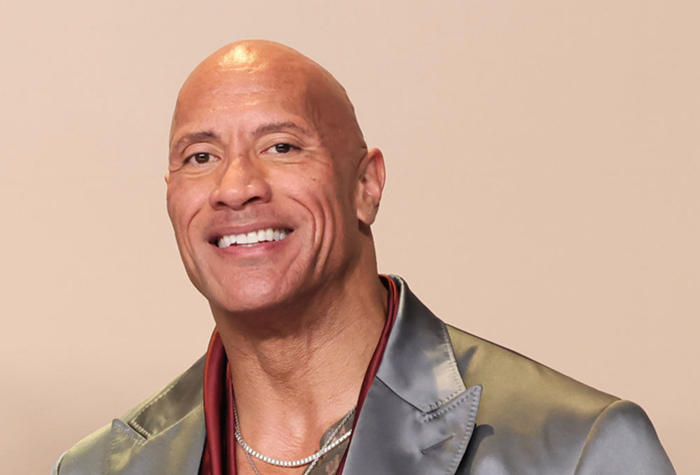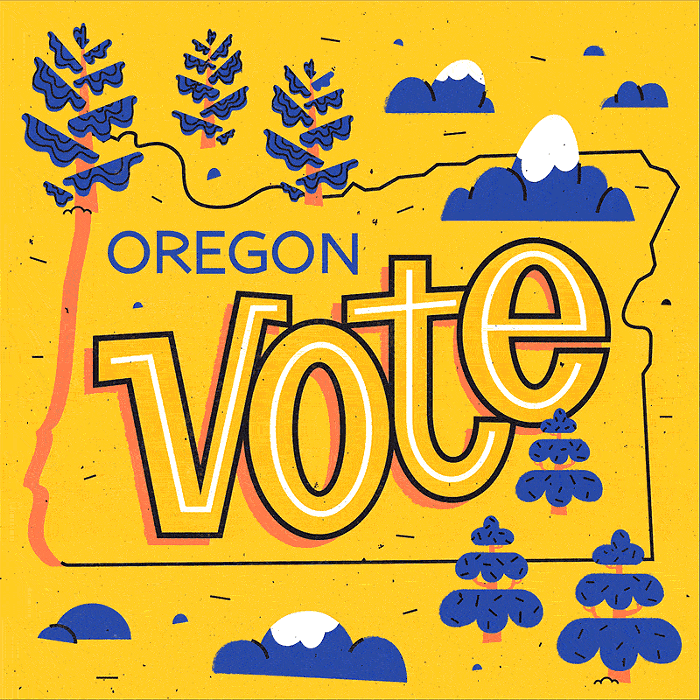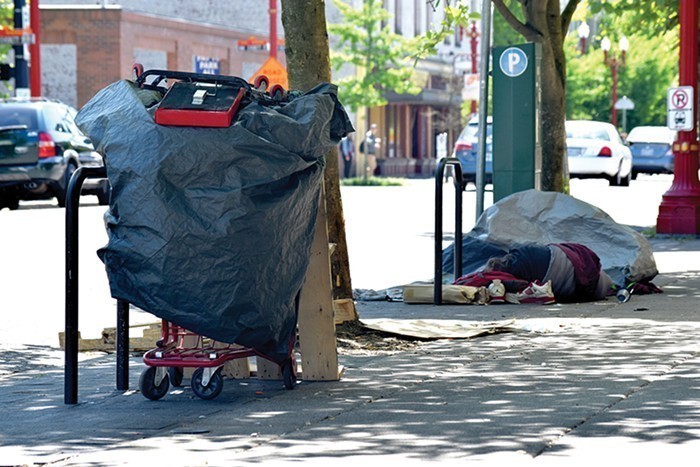IN JUNE, I was asked to attend and testify at a City of Portland Marijuana Policy Oversight Team, where the agenda was to discuss what events with a cannabis component might look like. It’s (almost) always nice to be asked by government regulatory agencies to work with them, and this was one of those times. I was given five minutes to share how I produced my events, and what I envisioned for making these events safe for attendees and palatable to the city.
The others who had been invited to testify did the same, and then we had the opportunity to address questions from the subcommittee members.
It was not a surprise that some of the members weren’t exactly fans of cannabis. In many ways, I get it—I’m a vegetarian who rarely drinks, so there are hundreds of events with meat or alcohol (or both!) held in Portland that I don’t have any personal interest in. But I’m not adamantly against such events being held, and I certainly don’t use scientifically baseless fears to justify my concerns.
The first subcommittee member to speak represented “the children.” Which is great, as we all like children, even though, to borrow an observation from Fran Lebowitz, they look terrible in dinner clothes and are rarely in a position to loan you any meaningful amount of money.
This woman had a long list of concerns involving cannabis and children. They included billboards for cannabis. And gummy bears and other canna-infused edibles that children might find attractive. And the proliferation of dispensaries. She had many, many, many concerns, but it was all in the interest of “protecting the children,” so... bless her heart.
She asked me if I had any concerns about children who might be exposed to cannabis smoke or vapor at one of my events. I bit my tongue ’til I had a mouth full of blood in order to not make a joke about my biggest concern being if the child’s credit card would go through for the ticket purchase, and explained that for any event I had produced, we had numerous safeguards in place: No one under 21 was admitted, ever, and I retained licensed, insured security guards to check IDs as though my event were Ellis Island in 1877.
But that wasn’t good enough—she wanted to know what about the children who might be exposed to secondhand smoke? I reiterated that no one under 21 was allowed entry. She replied that her concern was children who might be walking on the sidewalk adjacent to the outdoor consumption area. I reminded her that the street in question was N Interstate where it meets Tillamook, which is hardly a thoroughfare of young people on any given day, and stated that the vapor and smoke exhaled by attendees would pose zero risk.
She wasn’t satisfied with that answer, and asked, incredulously, if I didn’t worry about children getting high.
It was my turn to hold the Talking Stick of Incredulous Disbelief.
I would be more concerned about the exhaust fumes from the numerous diesel trucks driving by than I would by a few minute subatomic particles of THC being inhaled by passersby of any age. I tried to explain that this wasn’t a “hot box” situation (i.e., you and three buddies in a Mini Cooper where the cloud of smoke is trapped inside the vehicle, and everyone in the car obtains a contact high).
The dismissive pursing of lips while slowly shaking her head told me I hadn’t won her over with my argument.
So, let me try again. Speaking for the cannabis industry: No one wants to get your kids high, nor do we want children to have access to cannabis edibles. I’m happy to see billboards for cannabis banned—right after we do the same for beer, liquor, and fast food, three items that pose a far greater danger to children.
But spare me your handwringing righteousness. Your distaste for cannabis doesn’t give you the moral upper hand in this argument, and those who do consume care no less about children than you. It takes a village to raise a child, and some villagers enjoy cannabis.












